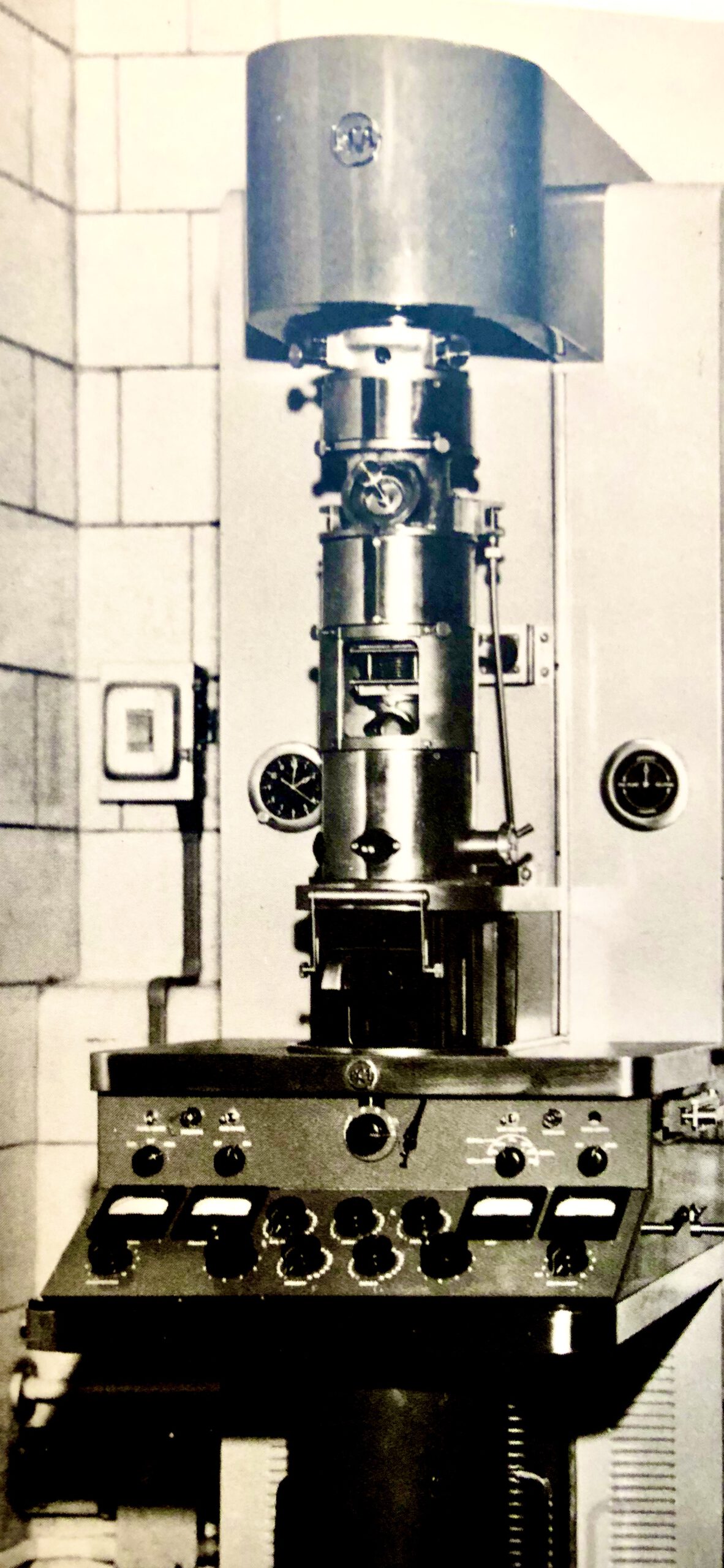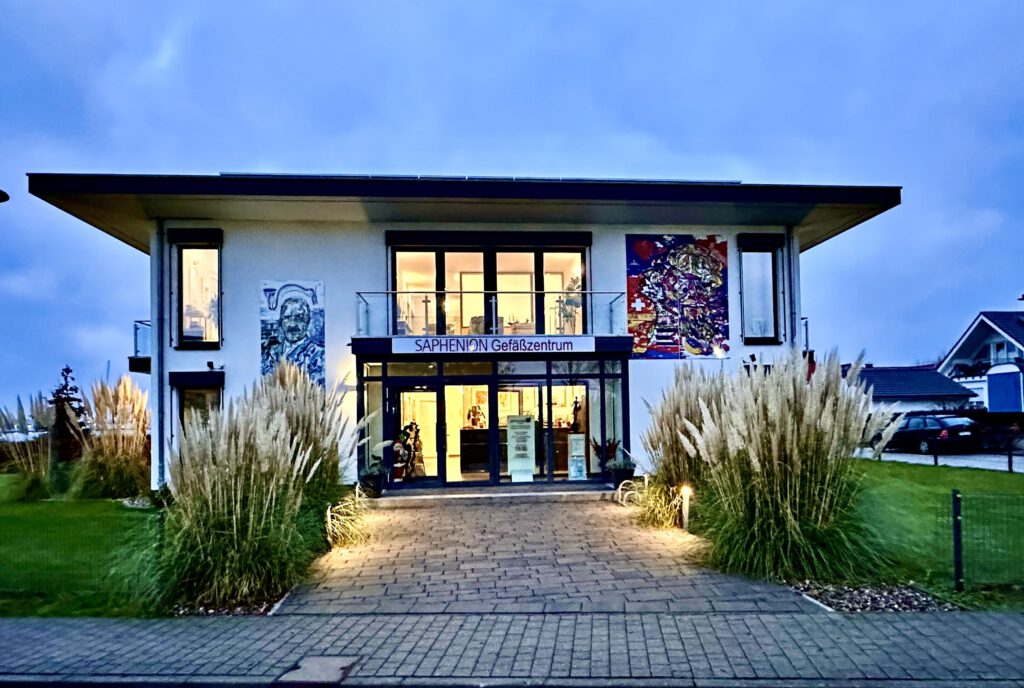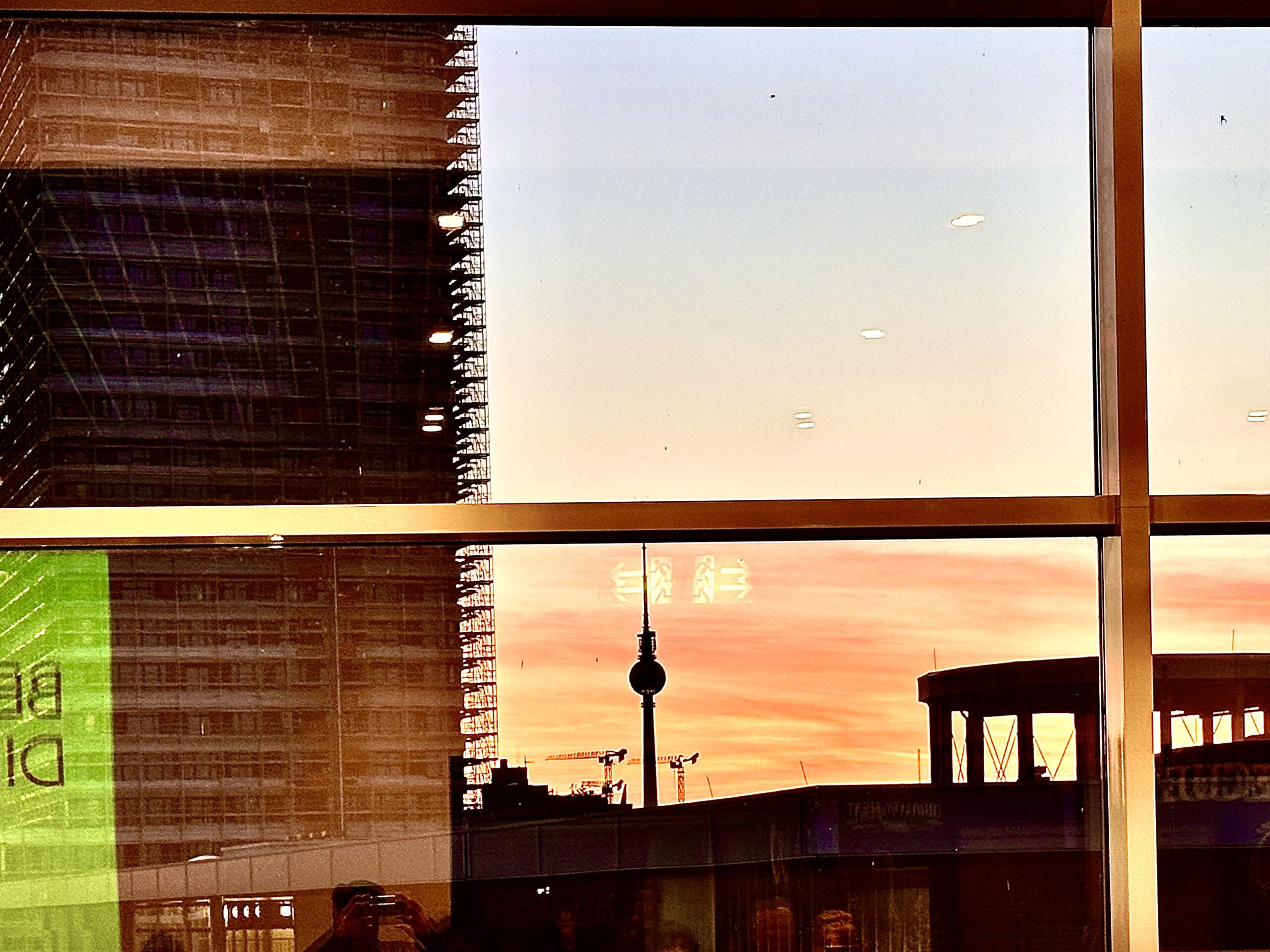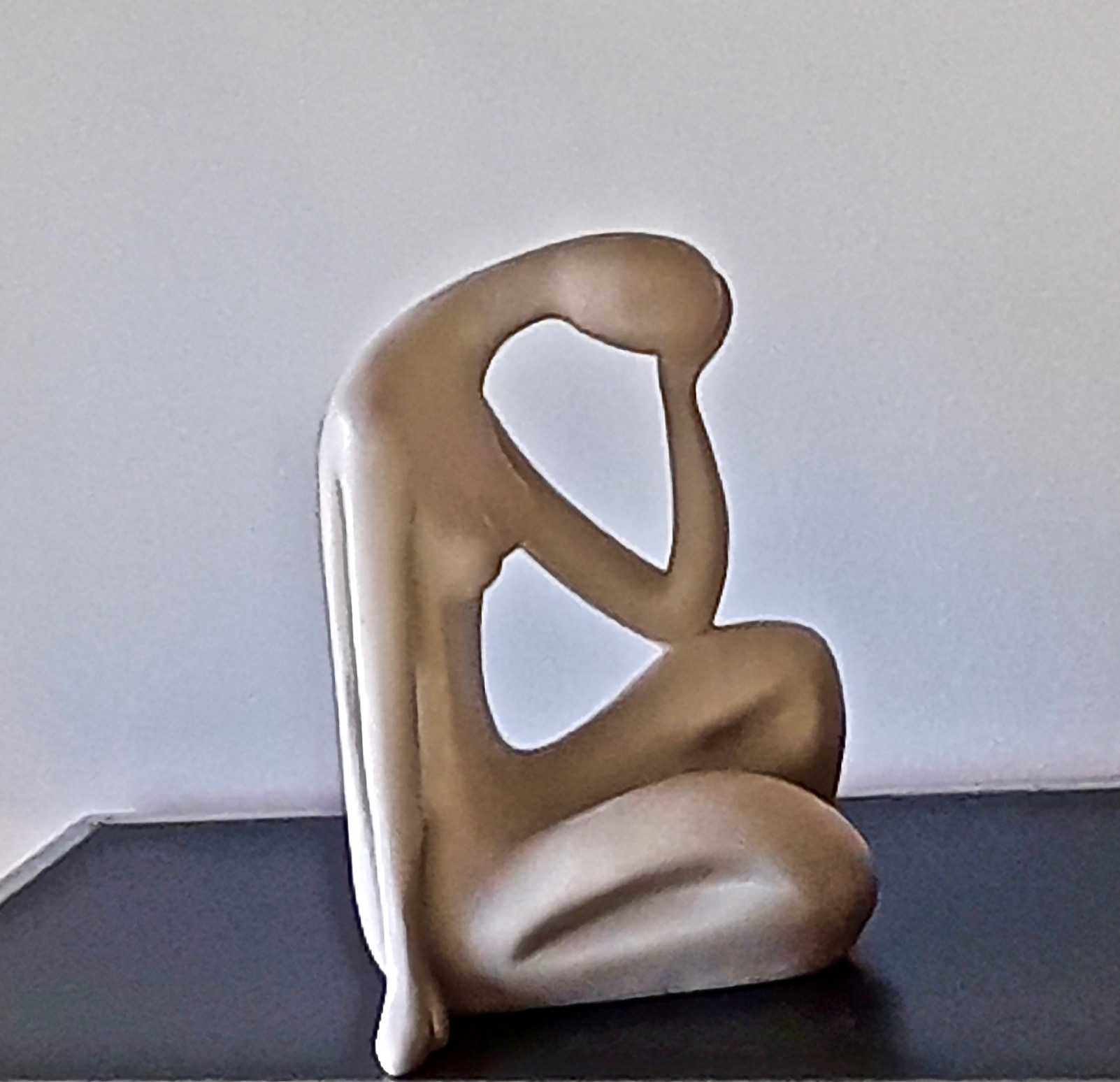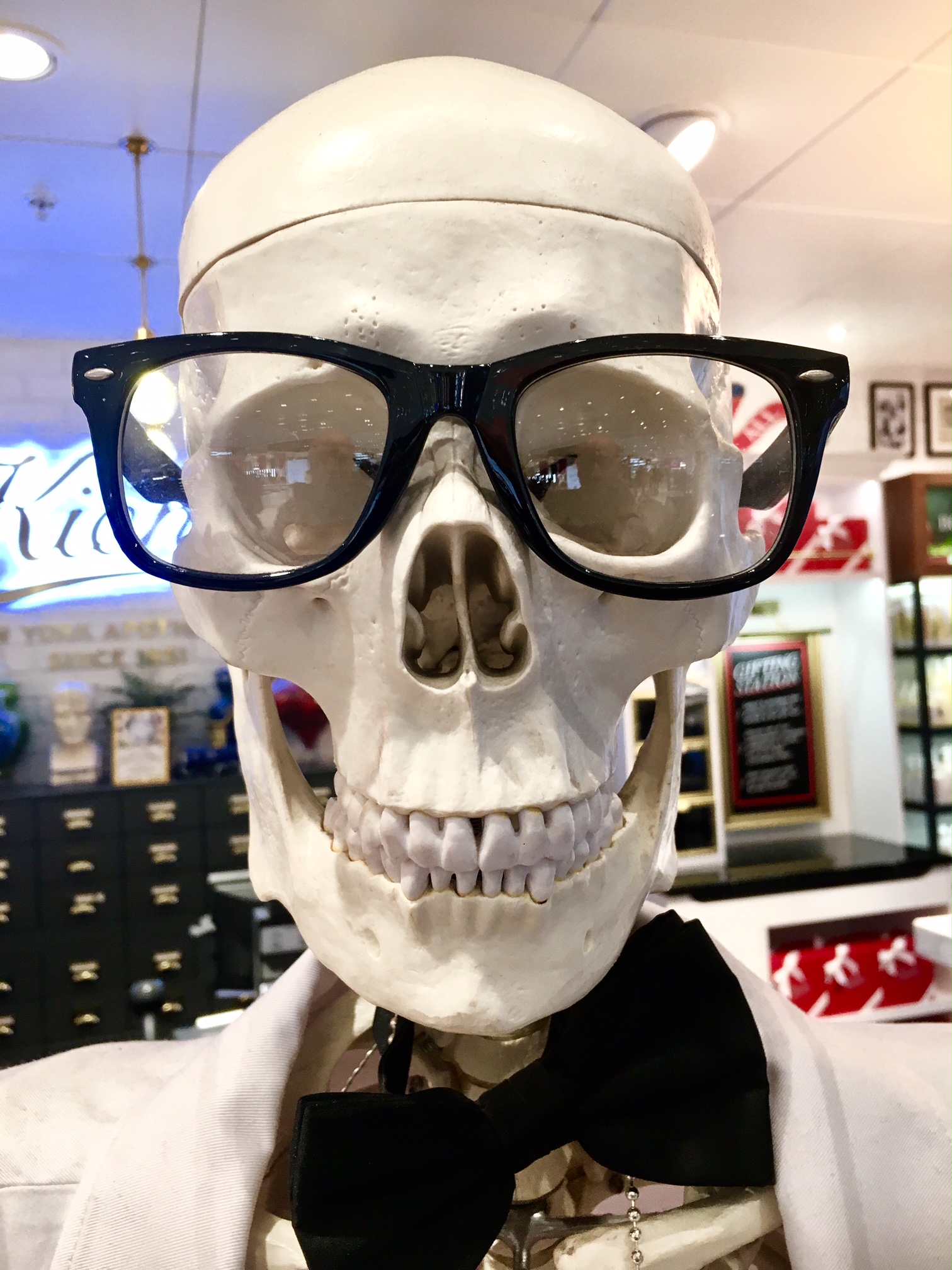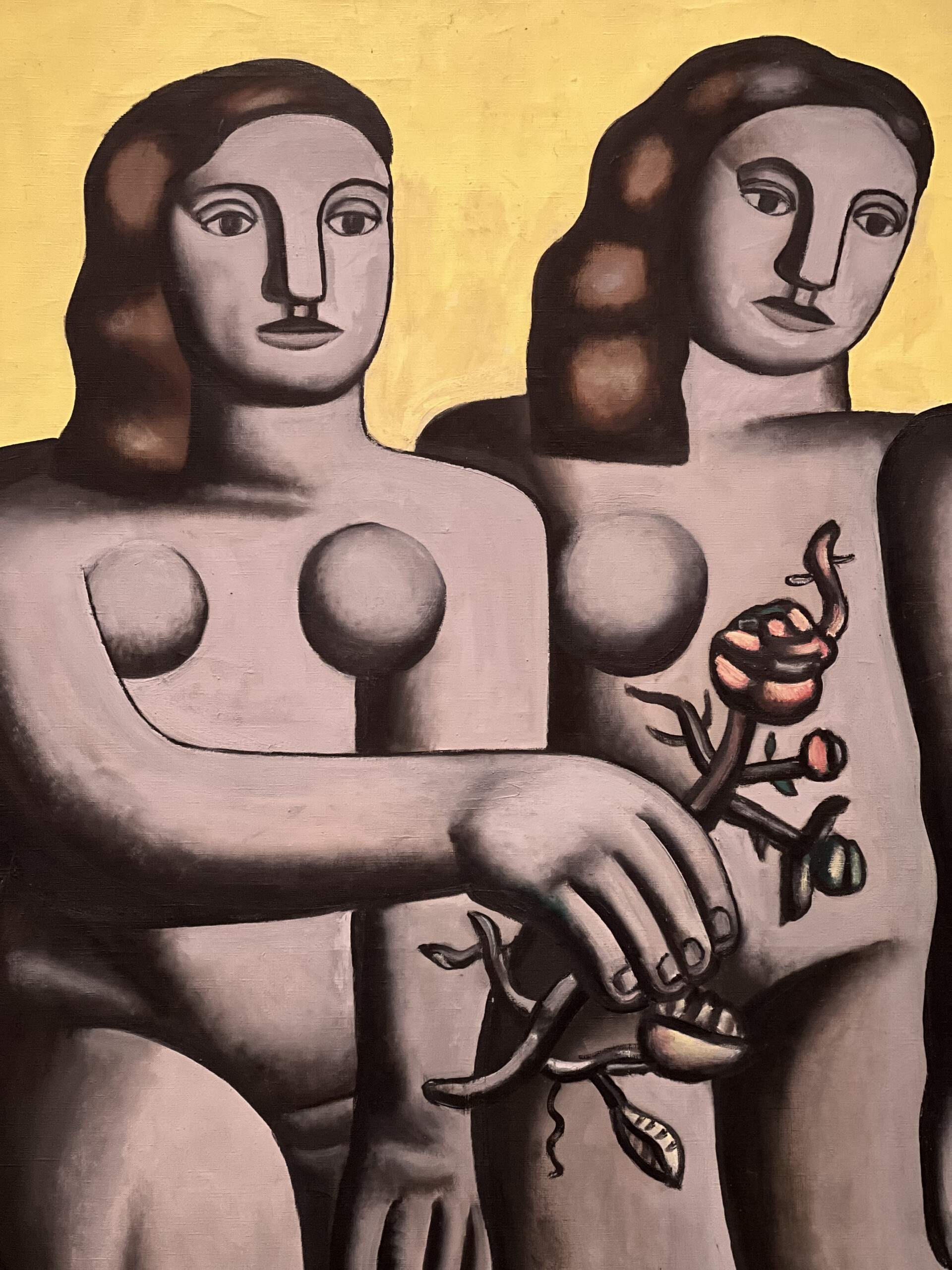Saphenion®: Gefäßchirurgie Rostock – Historisches – Die neuzeitliche Krampfadertherapie begann mit Schede in Berlin, er entfernte ab 1866 Seitenastkrampfadern über viele Hautschnitte. In 1884 berichtete Madelung von Ausschäloperationen „zirkoider Varizen“, auch der Stammkrampfadern (Vena saphena magna).
Friedrich Trendelenburg, zuvor bis 1882 in Rostock Chirurg und Ordinarius an der Uniklinik, beschrieb 1888-1891 den – heute noch gültigen und für die Therapie maßgeblichen – pathologischen Rezirkulationskreislauf bei Krampfadern.
Saphenion®: Gefäßchirurgie Rostock – History – Modern varicose vein therapy began with Schede in Berlin, who removed side branch varicose veins through many skin incisions from 1866 onwards. In 1884 Madelung reported on peeling out operations of „circoid varices“ and the trunk varices (Vena saphena magna).
Friedrich Trendelenburg, previously a surgeon in Rostock from 1875 until 1882 and a full professor at the university hospital, described in 1888-1891 the pathological recirculation cycle in varicose veins, which is still valid today and is decisive for therapy.
